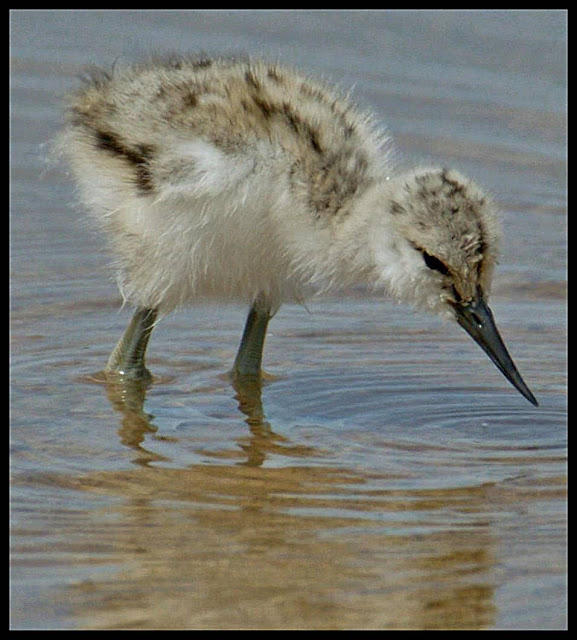The zitting cisticola or streaked fantail warbler (Cisticola juncidis ) is a widely distributed Old World warbler whose breeding range includes southern Europe, Africa (outside the deserts and rainforest), and southern Asia down to northern Australia. A small bird found mainly in grasslands, it is best identified by its rufous rump; as well, it lacks any gold on the collar and the brownish tail is tipped with white. During the breeding season, males have a zigzagging flight display accompanied by regular "zitting" calls that have been likened to repeated snips of a scissor. They build their pouch nest suspended within a clump of grass.
The zitting cisticola is 10 to 12 cm (3.9 to 4.7 in) in length. It is brown above, heavily streaked with black markings. The underparts are whitish, and the tail is broad, white-tipped and flicked frequently, giving rise to the alternative name for the species. The adult males have less crown streaking and more back marking than the females, but there are no great difference between the sexes or the eighteen geographical races. The absence of a nuchal collar separate it from the golden-headed cisticola (Cisticola exilis ). In the non-breeding season, they tend to skulk within the grass and can be hard to spot
More than one brood may be raised. Females change their mates frequently and rarely stay within the same territory, while males are less mobile, maintaining non-overlapping song-territories which shift from day to day. Females can sometimes breed in their first year.
It is very small in size and has a characteristic, short and rounded tail, with striking terminal points. The body is sand-colored below and striped on upper parts. Breeding males have a dark beak and crown. It is found in open grasslands, meadows and agricultural areas. Very often it can be seen in the sky uttering its monotonous and repetitive song "tchip...tchip....tchip..." in an undulating flight.
Zitting cisticolas are very small insectivorous birds, sometimes found in small groups. The breeding season is associated with the rains. Two broods a year occur in many regions. Males are generally polygynous, but some are monogamous. The male builds the initial nest structure deep in the grasses, and invites females using a special display. Females that accept the male complete the nest. The nest is made by binding living leaves into the soft fabric of felted plant-down, cobwebs, and grass. The zitting cisticola's nest is a cup shape with a canopy of tied-together leaves or grasses overhead for camouflage; 3–6 eggs are laid. The female incubates the egg. The eggs hatch after about 10 days.
%2033.jpg)
%2034.jpg)
%2030.jpg)
%2031.jpg)
%20(Anas%20platyrhynchos)%2020.jpg)
%20(Anas%20platyrhynchos)%2021.jpg)
%2020.jpg)














%2020.jpg)
%20(Tetrao%20tetrix)%2020.jpg)
























